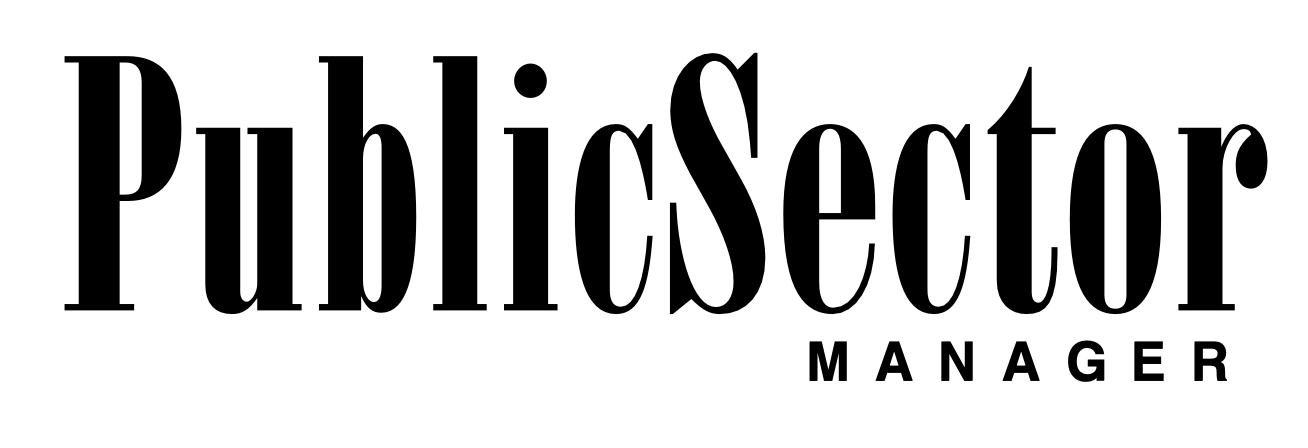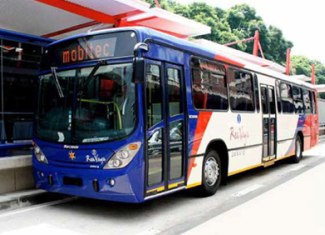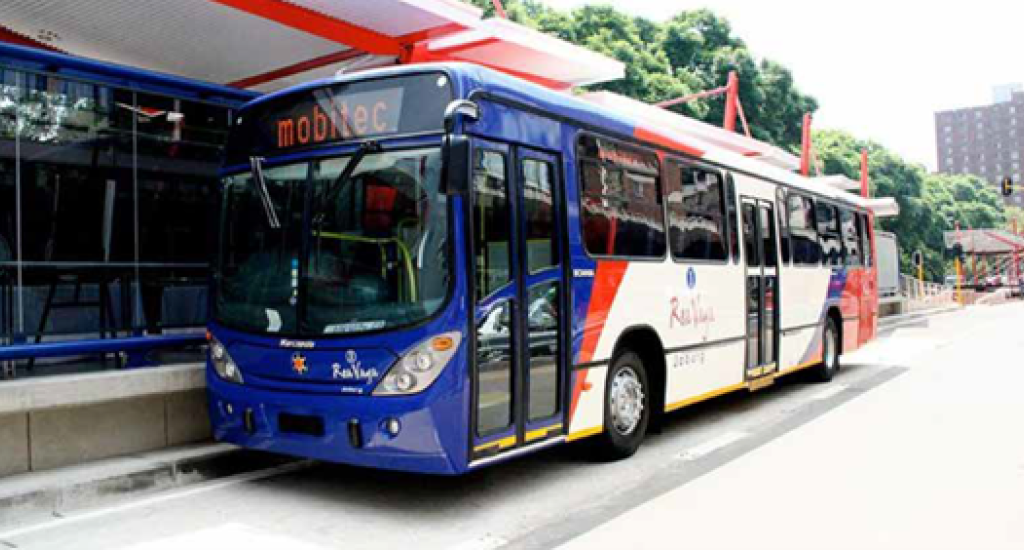Putting the “rapid” back in bus rapid transit

When the City of Johannesburg launched Rea Vaya in August 2009, it marked a historic moment – not just for the city, but for the entire continent. As the first full Bus Rapid Transit (BRT) system in Africa, Rea Vaya was a bold, visionary step towards transforming public transport into a modern, inclusive and efficient service for all.
Since then, Rea Vaya has grown from a single trunk route into a vital public transport artery that connects thousands of Joburg commuters to work, school and opportunity. It has stood as a flagship of the city’s commitment to spatial transformation, economic empowerment and climate-conscious development.
The road so far
The awarding of the 2010 FIFA World Cup event to Johannesburg stimulated an intense interest in improving the transport system. Phase 1A, launched in 2009, introduced 25 km of dedicated trunk route for 18-meter articulated buses and served areas between Thokoza Park in Soweto and Ellis Park in Doornfontein.
The phase included 30 stations, three complementary and five feeder routes, and deployed 143 Euro IV buses. It created over 6 000 short-term jobs and 830 permanent employment opportunities, setting the stage for a reimagined public mobility experience.
In October 2013, Phase 1B expanded the system with 18 km of dedicated trunk route, 18 more stations and 134 cleaner Euro V buses. It introduced routes stretching from Thokoza Park through Noordgesig, Westbury and Auckland Park, eventually reaching Library Gardens in the central business district, and delivered over
9 200 construction jobs.
Today, Rea Vaya has grown to include 48 stations across Phases 1A and 1B. And now, with Phase 1C (a), the city is once again scaling up – faster and smarter.
Phase 1C: A new era for Joburg commuters
The Johannesburg Development Agency (JDA) is actively fast-tracking the delivery of Phase 1C (a), the third trunk route in the Rea Vaya network. This phase promises to bring 141 low-entry buses, 13 new stations and safe, affordable public transport to more than 40 000 passengers across various areas, including Hillbrow, Yeoville, Orange Grove, Wynberg, Marlboro, Sandton and Greenstone.
Work is already visible across the city. “The Sandton and Gandhi stations are each 55% complete, while Katherine Street station, a prototype inspired by the low-floor design of the Johannesburg Art Gallery station, showcases the innovation behind this rollout, said JDA Chief Executive Office (CEO) Themba Mathibe.
“Road construction is also advancing: Edith Cavell Street (15%), Rivonia Road (5%), and Katherine Street (30%) are all undergoing upgrades to support dedicated BRT lanes,” he added.
Two bus depots, one in Alexandra and another in Selby, are being developed to house and maintain the growing fleet. The newly established Alexandra Bus Company will operate services for Phase 1C (a), ushering in a new era of community-driven transit enterprise.
Technology meets convenience
Phase 1C is not just about hardware, it is about smart systems too. The city is transitioning to an account-based ticketing (ABT) system, replacing the old automated fare collection model. Rolled out through the Metropolitan Trading Company (MTC), this digital leap will simplify how commuters access and pay for services.
Adding to this modernisation is the launch of Joburg Free WIFI across Rea Vaya stations, also powered by MTC.
“With this initiative, introduced on 31 March 2025, commuters can connect, plan trips via the Rea Vaya app, and even load funds onto their ABT travel cards – all while waiting for their next bus,” said MTC CEO Thedi Moropa.
Why Rea Vaya still matters
At its core, Rea Vaya is about more than buses. It is about a vision of inclusive, connected and climate-smart cities.
The system plays a critical role in:
- Reducing traffic congestion and vehicle emissions.
- Making public transport accessible, safe, and affordable.
- Supporting economic growth and job creation.
- Transforming the minibus taxi industry into formal, prosperous transport businesses.
- A Future in Motion.
Key features that distinguish BRT from regular bus services
Dedicated lanes: BRT systems often have dedicated lanes that are separate from regular traffic, allowing buses to avoid congestion and maintain consistent speeds
Priority at intersections: BRT buses are given priority at traffic signals, reducing delays caused by other vehicles.
Off-board fare collection: Passengers pay their fares at the station before boarding, which speeds up the boarding process and reduces delays.
Platform-level boarding: Stations are designed with platforms at the same height as the bus floor, making it easier and faster for passengers to board and alight, including those with disabilities.
Enhanced stations: BRT stations are often more substantial than regular bus stops, providing amenities such as seating, lighting, and real-time information displays.
Empowering small, medium and micro enterprises (SMMEs): supporting taxi associations and community support.
Economic empowerment
One of the standout successes of the Rea Vaya project has been its impact on SMMEs. The construction and operational phases of the BRT system created numerous opportunities for local businesses.
Contracts for bus stations and other infrastructure were awarded to local SMMEs, boosting their growth and sustainability in regions. Additionally, the project facilitated training and development programmes, equipping entrepreneurs with the skills needed to thrive in a competitive market.
The integration of taxi associations into the Rea Vaya system has been another significant achievement. Initially, there were concerns about how the BRT system would affect the livelihoods of taxi operators.
However, through extensive consultations and negotiations, the City of Johannesburg Transport Department ensured that taxi associations were not only included but also benefited from the project. Many taxi operators were offered shares in the bus operating companies, providing them with a stable income and a stake in the new transport system.
This collaboration has helped to reduce competition and foster a more cooperative transport environment in Johannesburg.
Beyond economic empowerment, the Rea Vaya project has brought numerous benefits to the broader community.
For Lutando Maboz, the Executive Director at the City of Johannesburg’s Transport Department, “The BRT system has improved accessibility to essential services, such as healthcare, education and employment, particularly for residents in previously underserved areas. The reduction in traffic congestion and pollution has also contributed to a cleaner and healthier urban environment”.
As the JDA accelerates Phase 1C (a), it reflects the City of Johannesburg’s unwavering dedication to creating a liveable, competitive and equitable city.




